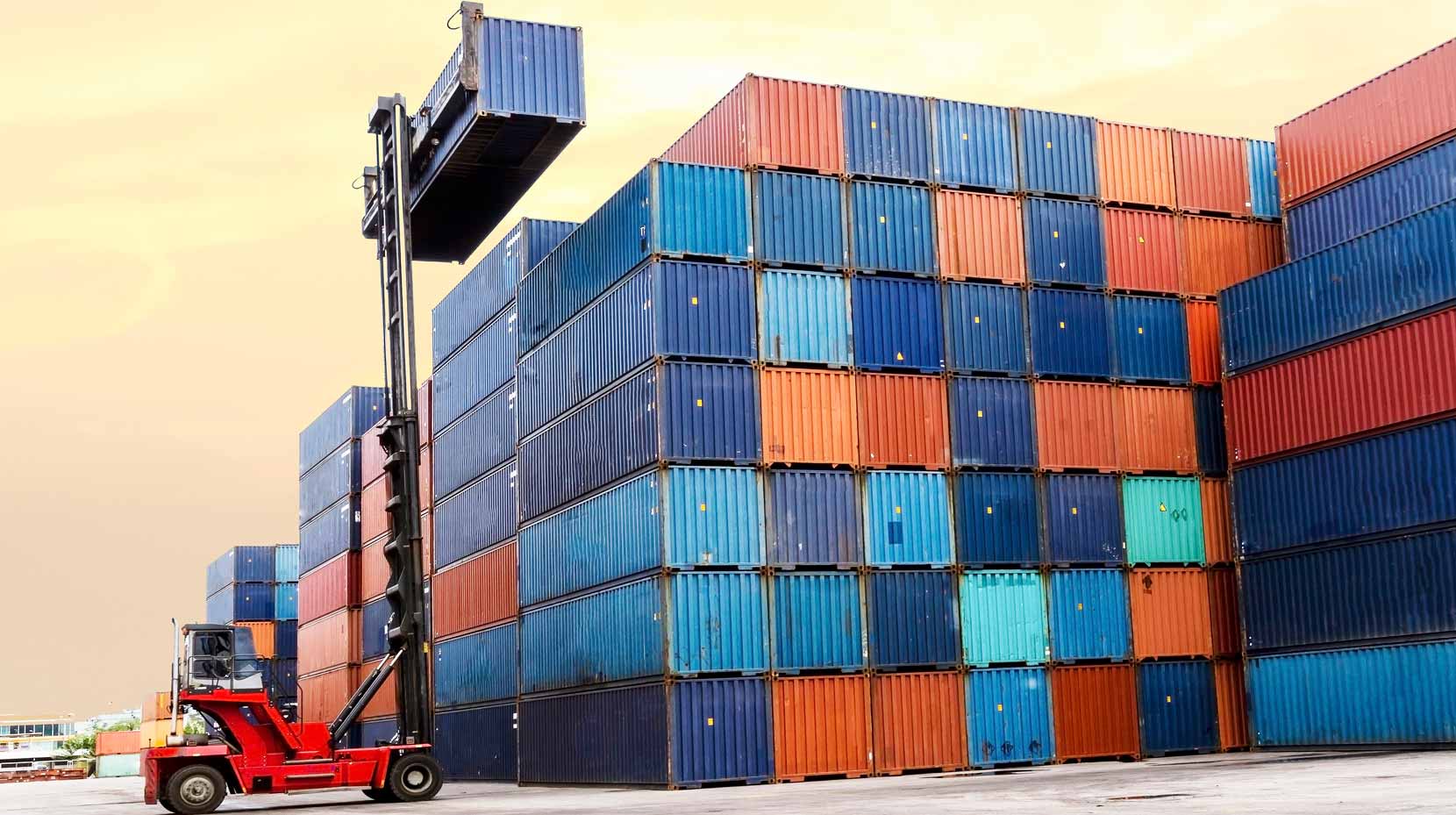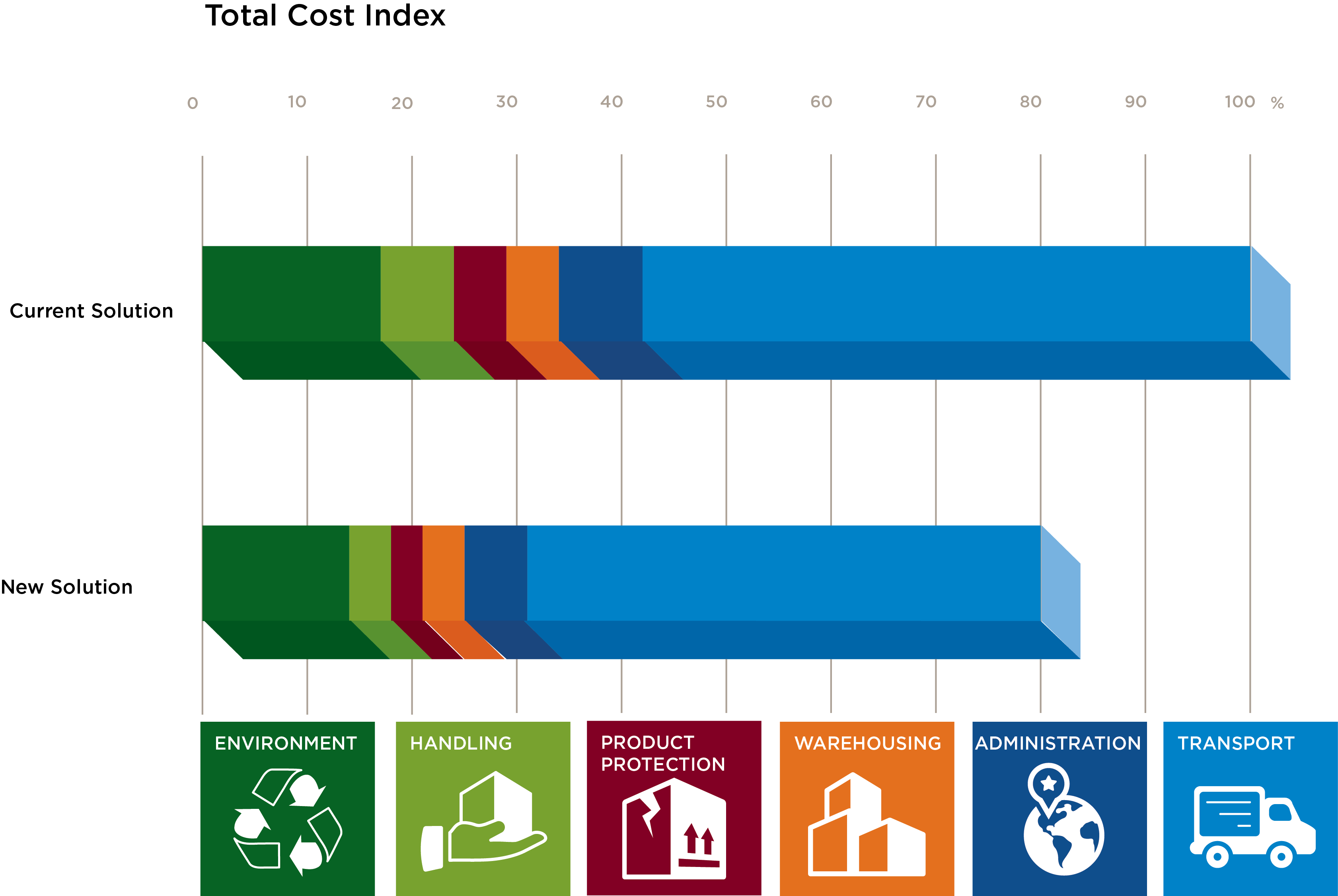

NOTICE:
When you are shipping a good to a client or a distribution center, you will need to consider the different types of packaging, as well as the best options for each. Here is some useful information regarding primary and secondary packaging.

Primary packaging is the last piece of packaging between your product and the end user. It is something like the wrapper on a package of crackers, or the can that holds your soda. It is almost always meant to remain on the package until the end user obtains the product, and is usually not removed until right before the product is used. Other examples include the box around a batch of paper clips, the bottle that holds aspirin, and so on.
Primary packaging solutions should emphasize both utility and appearance. Utility is important because if the packaging is defective, it may directly impact the end user’s ability to use your product. In the case of food products, users will almost always be forced to throw away product with defective primary packaging. In the case of non-perishable products, defective primary packaging can still result in lost or damaged product, affecting the user’s ability to utilize the product.
If your primary packaging is of inferior quality, your business will eventually suffer because of it. Clients will begin to look at your competitors to determine if they are better able to deliver their products without the loss or damage that can be caused by inferior primary packaging. For this reason, it is important to make sure that your primary packaging solutions include a quality requirement.
Aside from protecting your product until it gets to the end user, primary packaging can serve another very important role. It is a key place to place your logo, slogan, and other information that will help identify and distinguish your brand.
Marketing by using the primary packaging as a place to display this information is both commonplace and extremely effective: consider the efforts of soda manufacturers. It is commonplace to see not only the product’s brand, but promotional materials for other products printed on soda cans. By utilizing ad space where a consumer’s eye is sure to fail, soda manufacturers have tapped into a lucrative marketing opportunity by using primary packaging as a billboard.

Secondary packaging is the packaging that holds together the individual units of a good. It is designed not so much to hold the good (that is the job of the primary packaging) so much as a means to deliver mass quantities of the good to the point of sale or end user. Secondary packaging may be removed from the item without changing the qualities or attributes of the good.
An example of secondary packaging would be the plastic rings that hold a six-pack of cans together, or the cardboard box that holds a case of cans together. Other examples would be a box containing smaller boxes of batteries, or a large box of items intended for individual sale.
Secondary packaging serves the role of facilitating the transportation of a good from the manufacturer—that would be you—to the end user. However, it is frequently not seen by the ultimate recipient of the product. To this end, the desired attributes in secondary packaging are more ones of utility than aesthetics or marketing.
Secondary packaging should be tough enough to protect your item, and yet easy enough to open that employees engaged in restocking can access your product without damaging it.
There are a number of factors to consider in choosing the appropriate packaging solution. First, with regard to primary packaging, you should consider how it will appear to the end user. Remember, marketing is a huge part of a successful business, and your primary packaging is an excellent opportunity to make a good impression.
At the same time, primary packaging must be durable enough to adequately protect the good. Consumers will quickly tire of using a product when a large portion of it must be discarded or is otherwise damaged due to faulty primary packaging. With this in mind, function and appearance must be carefully weighed in order to arrive at the optimal balance of each.

©Shandong China Coal New Energy Import Export Co., Ltd. © 2017
Address:No. 11, North of Kaiyuan Road, High-tech Zone, Jining City, Shandong Province, China